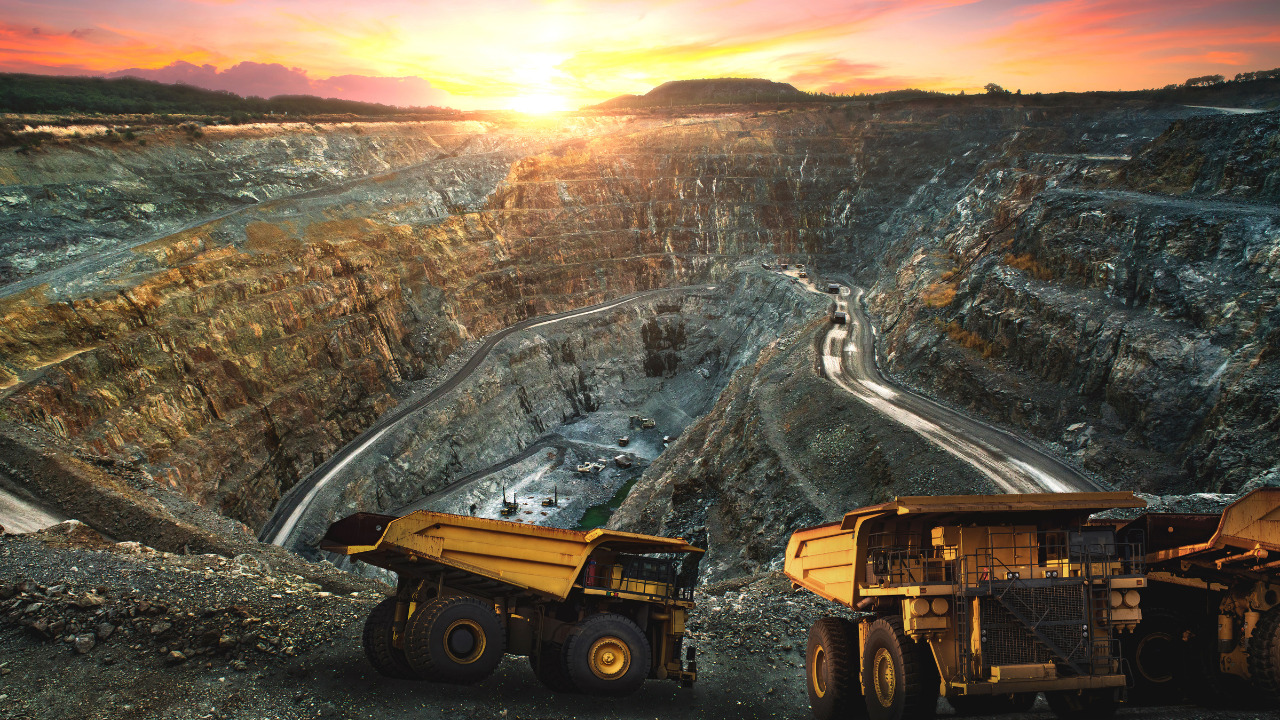Date first published: 24/01/2023
Key sectors: mining
Key risks: business risk; economic risk; business interruption; political violence
Risk development
An ongoing wave of higly disruptive and violent unrest is significantly affecting Peru’s mining sector. The protests – sparked by the ouster and arrest of former leftist president Pedro Castillo on 7 December 2022 – have increasingly targeted mining sector assets since resuming on 4 January after a hiatus over the holiday period. A state of emergency (SoE) has been in place in the capital Lima and in Puno and Cusco regions since 14 December 2022 and was expanded on 19 January to include the Amazonas, La Libertad and Tacna regions for 30 days. The SoE is part of President Dina Boluarte’s attempts to protect key sectors from significant losses that have the potential to affect macroeconomic fundamentals.
Sections of the country’s Southern Mining Corridor – a highway that connects various mines to Matarani port in Arequipa region – have been blocked by anti-government demonstrators since 3 January. China’s MMG’s Las Bambas, Glencore’s Antapaccay and Hudbay’s Constancia copper mines in Cusco, Cusco region, have been unable to transport copper concentrate due to the blockades. Furthermore, demonstrators have carried out strategically targeted attacks at Las Bambas, Antapaccay and Constancia copper mines, Anabi’s Huisamarca mine in Cusco region and Minsur’s San Rafael tin mine in Puno region in recent weeks. Glencore’s Antapaccay mine has been the worst affected asset, having suffered three incidents since 12 January.
Why it matters
Peru is the world’s second-largest copper producer and the mining sector is crucial for the country’s economy, accounting for around 60 per cent of annual exports. The unrest has led to significant business interruption at a time when demand – particularly of copper – has spiked partly due to China’s reopening and lifting of COVID-19 restrictions. The National Society of Mining, Petroleum and Energy (SNMPE) estimated that each day of stoppage at Las Bambas alone results in a loss of PEN39m (around US$10.3m). Therefore, further blockades and attacks targeting the sector have the potential to affect macroeconomic fundamentals – which have traditionally been strong compared to regional peers. On 15 December – after just one week of protests – the central bank slightly lowered its economic growth estimate for 2023 from 3.0 per cent to 2.9 per cent.
Background
Blockades, strikes and demonstrations by environmental activists, those working in illegal mining, local residents and indigenous community leaders against the sector have historically been common. However, the current wave of unrest differs from most recent protest movements in that it is simultaneously affecting several key mines – which together constitute the country’s economic engine – threatening economic growth and private investment potential. Protesters have clearly identified targeting mines as a high impact action that may help them push their political agenda forward.
Risk outlook
Concern over the economic consequences of attacks and blockades against the mining sector will continue to grow. Protesters increasingly recognise the sector as the government’s Achilles’s heel and will continue to target it. As investor confidence falls and growth forecasts are cut further, internal and external pressure on Boluarte to step down will increase. She will continue to order the fierce defence of strategic assets and infrastructure, therefore the risk of violent clashes between protesters and police – which have seen at least 53 people killed so far – will remain heightened. The risks of further unrest-related violence targeting the mining sector and of political instability will remain high at least over the coming months.

